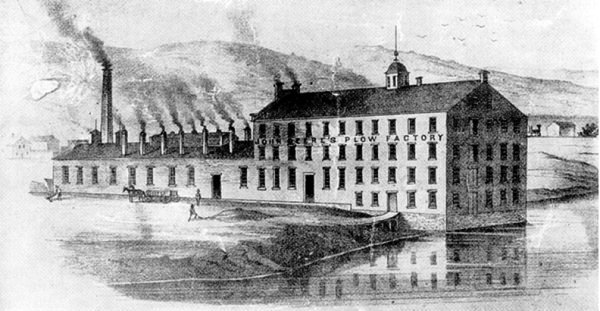Before only 200 years the situation was absolutely different. For example in the USA the manufacturing was made at home and almost every person, including women, somehow helped to make a final product. People had much more leisure time and apprentices were part of a family. Their master learn them apprentices, but also educated them and were responsible for their moral behavior, too, - this relationship had very close to relationship between a father and a son.
 However, after 1815 everything changed. The goods started to be made in bug factories, workers were separate from managers and social gap between the rich and poor enlarged. Workers lost their status in society, freedom organize their work and also their small home manufactories. While apprentices had had before quite a big chance to become masters and have their own small manufactory, after industrialization there was almost no chance.
However, after 1815 everything changed. The goods started to be made in bug factories, workers were separate from managers and social gap between the rich and poor enlarged. Workers lost their status in society, freedom organize their work and also their small home manufactories. While apprentices had had before quite a big chance to become masters and have their own small manufactory, after industrialization there was almost no chance. Everything was about productivity and earnings - maybe the goods was not so high quality, but much more of them were made during the same as a small manufacture made only few of them. And lower quality meant that people would buy new stuff more often.
Someone could think that if nothing more, workers could gather together and have some interesting talk. However there were many an big differences among them - in politics, religion, party loyalty,...
There were many workers who didn't get used to this new manners and long workday. Because the work began at the sound of a bell some of the workers feel like machines that are claimed to not need to sleep. Under these circumstances they finally quit from the work.
After a few years they started to organize and protest and also some progress was made, but it was just a little change.
 To sum up, it definitely wasn't an easy way from the first factories of nineteenth century to factories as we know them these days.
To sum up, it definitely wasn't an easy way from the first factories of nineteenth century to factories as we know them these days. 




